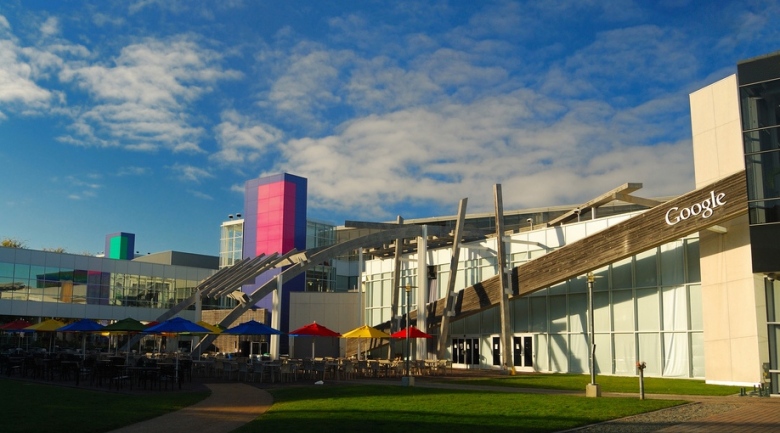
My father used to say that some ideas are like pizza dough: they need to rest for some time until they grow.
I’d add to that the fact that some ideas need to find an echo somewhere before one can believe in their potential.
Google appears to be following both when it comes to the careful development of Google Glass, a potentially disruptive device with the opportunity for its own apps ecosystem. Even with a slow introduction to the developer community and huge potential to enable a smarter user experience, Google Glass remains at risk of not being adopted by the masses at all.
A colleague responsible for one of our smart computing products and I were watching the first session about Google Glass at Google I/O in San Francisco last May when we were presented a very simple diagram that depicted how Google defines the Google Glass Apps architecture. (This diagram is shown below.)
Since the room was packed with curious developers and members of the press, we were sitting far away from each other, but as soon as we saw the slide and even before the presenter fully explained it, we simultaneously texted each other with a “That’s it!” message.
We had been looking for the simplest architecture for our company’s smart digital marketing solution to serve content and functionality to users in real time, regardless of their device, while still taking their context into consideration.
The solution actually found us right then and there.
The architecture presented by Google for Google Glass is simple yet extremely powerful. It clearly makes Google the mediator of the user experience while the user wears and interacts with Google Glass.
Much has been discussed about this move, comparing it to the restrictive rules set by Apple and its iOS platform, but this is a shortsighted view in my opinion. Google is not exclusively imposing restrictions, but more importantly, it is intending to add a layer of intelligence to the whole process to foster relevance and avoid creepiness.
To protect personal privacy, many bars have already prohibited the use of Google Glass on their premises, and many other venues will likely follow suit. The only way to revert this trend is to make Google Glass highly relevant to real experiences.
